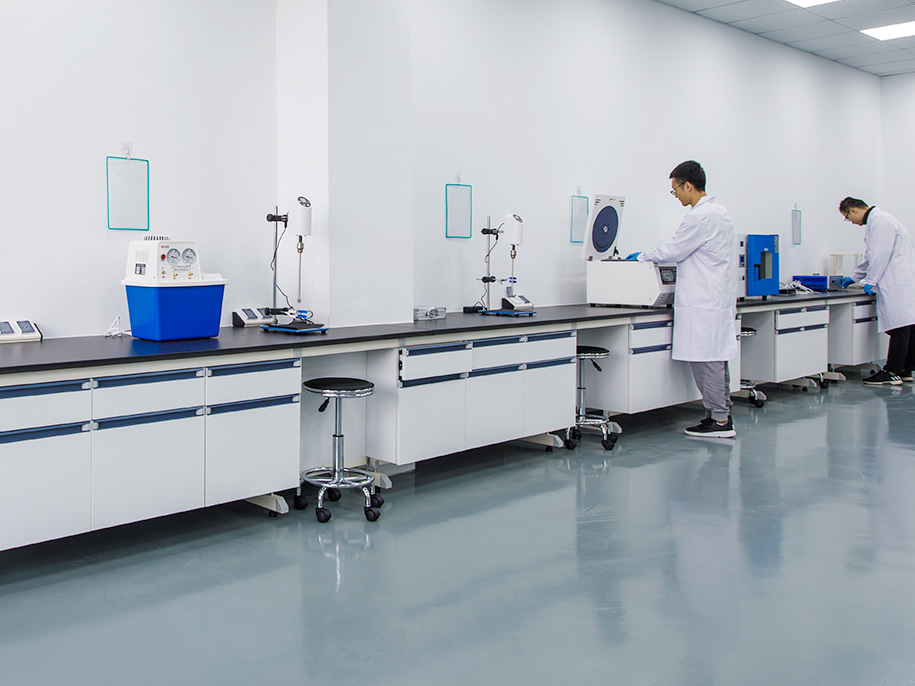Graphene Quality Control Processes: Ensuring Excellence in Production
Graphene, celebrated for its exceptional properties, holds immense promise for various industrial applications. However, to fully harness its potential, maintaining high quality and consistency in graphene production is paramount. Quality control processes (“质检流程”) are essential to ensure that graphene meets the required standards for different applications. This article explores the comprehensive quality control procedures involved in graphene production, highlighting their importance and methodologies.
Importance of Quality Control in Graphene Production
Quality control in graphene production is crucial for several reasons:
- Performance Consistency:Ensures that graphene exhibits consistent properties, such as electrical conductivity, mechanical strength, and thermal stability.
- Application Suitability:Guarantees that graphene meets the specific requirements of various applications, from electronics to biomedical devices.
- Market Competitiveness:High-quality graphene products are more competitive in the market, attracting more customers and opening new opportunities.
- Regulatory Compliance:Ensures that graphene products comply with industry standards and regulations, avoiding legal and commercial risks.
Key Quality Control Parameters
To achieve high-quality graphene, several key parameters need to be monitored and controlled:
- Purity:Ensuring the graphene is free from impurities and contaminants.
- Layer Number:Controlling the number of graphene layers, as single-layer graphene and few-layer graphene have different properties.
- Defect Density:Minimizing structural defects that can affect graphene’s performance.
- Lateral Size:Controlling the size of graphene flakes to suit specific applications.
- Thickness Uniformity:Ensuring consistent thickness across the graphene sheets.
Quality Control Techniques
Various techniques are employed in the quality control process of graphene. These techniques can be broadly categorized into characterization, testing, and inspection methods.
1. Characterization Techniques
Characterization techniques provide detailed information about the structure and properties of graphene.
Raman Spectroscopy (拉曼光谱): A powerful tool for identifying the number of graphene layers, detecting defects, and assessing the quality of graphene. The characteristic peaks in Raman spectra help determine the structural integrity of graphene.
Transmission Electron Microscopy (TEM) (透射电子显微镜): Provides high-resolution images of graphene, revealing its atomic structure and identifying defects or impurities.
Atomic Force Microscopy (AFM) (原子力显微镜): Measures the thickness and surface morphology of graphene, ensuring uniformity and identifying any surface irregularities.
X-ray Photoelectron Spectroscopy (XPS) (X射线光电子能谱): Analyzes the chemical composition and bonding states of elements in graphene, ensuring high purity and quality.
2. Testing Techniques
Testing techniques assess the performance and properties of graphene under various conditions.
Electrical Conductivity Testing (电导率测试): Measures the electrical conductivity of graphene, ensuring it meets the required standards for electronic applications.
Mechanical Strength Testing (机械强度测试): Evaluates the tensile strength and flexibility of graphene, crucial for applications requiring durable materials.
Thermal Conductivity Testing (热导率测试): Assesses the thermal conductivity of graphene, important for applications in heat dissipation and thermal management.
3. Inspection Techniques
Inspection techniques involve routine checks and evaluations during the production process to ensure quality consistency.
Optical Microscopy (光学显微镜): Used for routine inspection of graphene sheets, allowing for the identification of visible defects and irregularities.
Scanning Electron Microscopy (SEM) (扫描电子显微镜): Provides detailed surface images, helping to identify surface defects and ensure uniformity.
Thickness Measurement Tools (厚度测量工具): Ensures consistent thickness of graphene sheets, crucial for maintaining uniform properties.
Quality Control Process Workflow
A typical quality control workflow for graphene production includes the following steps:
Raw Material Inspection (原材料检查): Checking the quality of graphite and other raw materials before production.
In-Process Monitoring (过程监控): Regular inspection and testing during the production process to identify and address any issues promptly.
3.
Post-Production Testing (生产后测试): Comprehensive testing and characterization of the produced graphene to ensure it meets the required standards.
4.
Batch Consistency Check (批次一致性检查): Ensuring consistency across different batches of graphene, maintaining uniform quality.
5.
Documentation and Reporting (文档记录和报告): Detailed documentation of all quality control activities, results, and corrective actions for traceability and continuous improvement.
Conclusion
Quality control processes (“质检流程”) are integral to the successful production and application of graphene. By employing a combination of advanced characterization, testing, and inspection techniques, manufacturers can ensure that their graphene products meet the highest standards of quality and performance. This not only enhances the reliability and effectiveness of graphene in various applications but also strengthens its market competitiveness and regulatory compliance. As the field of graphene production continues to evolve, ongoing advancements in quality control methodologies will play a crucial role in realizing the full potential of this remarkable material.

